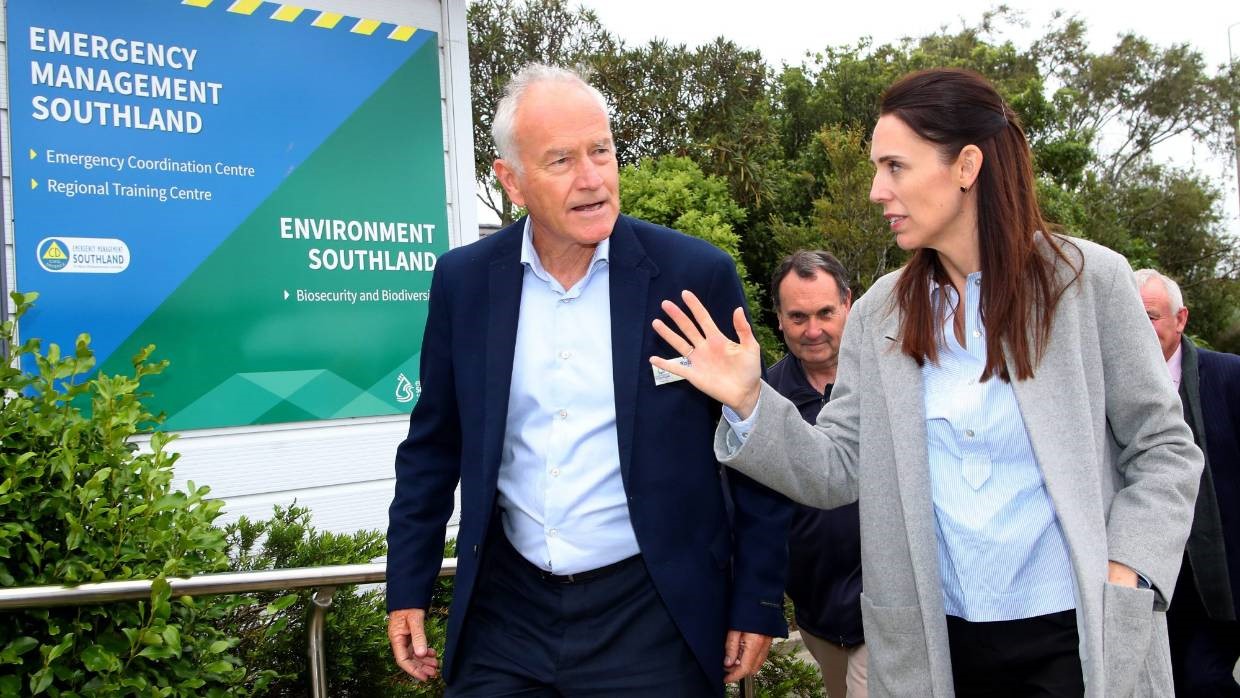

New Zealand Aluminium Smelters (NZAS) associates greeted regional people on November 23 to draw a roadmap of the area's foreseeable future along with correcting the methods of the past. This update for the locals was long overdue. As Chris Blenkiron testifies, Rio Tinto has been toiling hard all these years to contain the toxic ouvea created by aluminium smelters.

The meeting was organised to be hosted at the Bill Richardson Transport World in Invercargill. It has been observed that the future of the aluminium smelter beyond 2024 is under speculation. Still, NZAS chief executive and general manager Chris Blenkiron is quite appreciative of the company's remediation techniques.
Nicole Atherton, the Rio Tinto aluminium closure readiness general manager, who has been intertwined with the NZAS directorial board for over five years, claims the mining leader has been developing ways of rectification other than pondering over their imminent closure, which had been declared almost two years ago. At the beginning of the announcement, as she claims, the company was genuinely invested in final closure activities, but for the previous twelve months, they have thought about nothing else but remediation.
She also exclaimed that a significant achievement for the company was when they discarded the last community store of toxic ouvea, a by-product left while processing dross material, around one week ago. It was also presented that all the ouvea at hand has been stored in sheds, while about 20% has already been transformed and exported.
Until now, the waste material was being heaped in five states of Southland, where residents were getting exposed to its toxicity. This had urged Prime Minister Jacinda Ardern to knock Rio Tinto and order them to "show some responsibility" for the excreted ouvea that the organisation had carelessly left unchecked.
Mr Blenkiron confirmed that Rio Tinto has taken responsibility for handling its self-created ouvea while apologising for its reckless behaviour.
While in session, Mr Blenkiron was approached by a Bluff resident who insisted that 20% of the local people's hair be collected for inspection "so that we've got peace of mind of toxic levels in people's hair".
Mr Blenkiron assured the public that there are air monitoring systems strategically placed around the area to measure the toxicity level in the atmosphere.
"I do acknowledge the trust and confidence of the people of Murihiku and Bluff and across the region. That's really important, and I respect that with ouvea; we stubbed our toe on that," Blenkiron commented.



Responses






